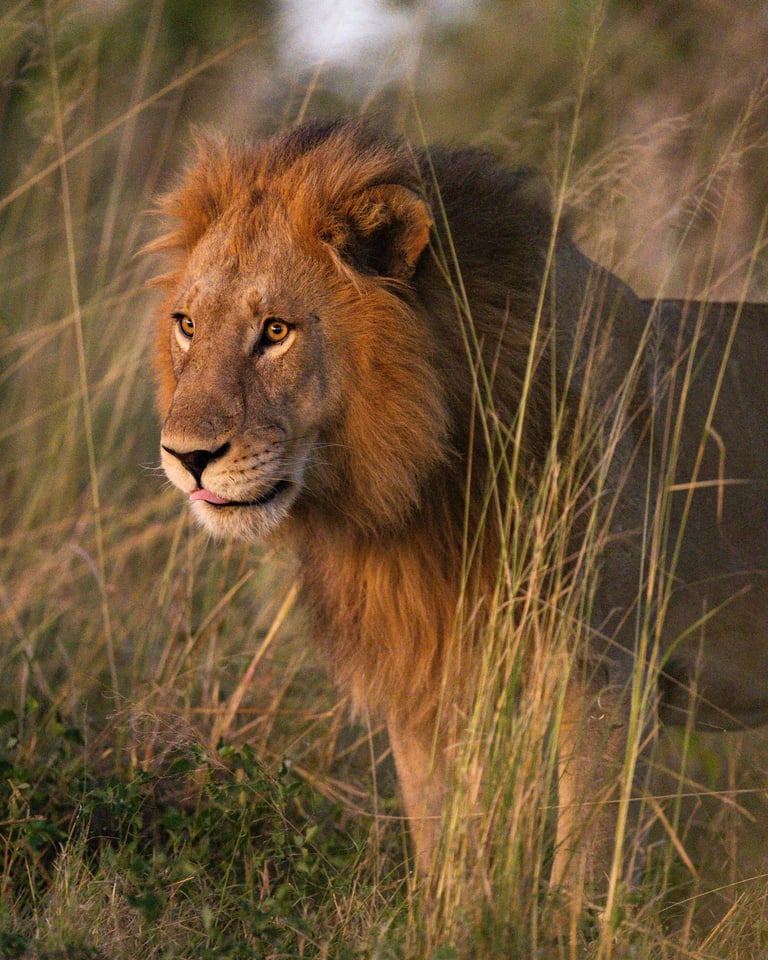تصوير رحلتي الأولى في الأدغال
Photographing My First Safari, Part Two
Last week, I shared some of the steps that went into photographing my first safari – where I went, what I brought, and how I backed up my photos. Today, I’ll share the second half of my experience and how everything went in practice
في الأسبوع الماضي، شاركت بعض الخطوات التي اتبعتها في تصوير أول رحلة سفاري لي - أين ذهبت، وما أحضرته، وكيف قمت بعمل نسخة احتياطية من صوري. اليوم، سأشارك النصف الثاني من تجربتي وكيف سارت الأمور عمليًا
Photographing My First Safari, Part Two
Last week, I shared some of the steps that went into photographing my first safari – where I went, what I brought, and how I backed up my photos. Today, I’ll share the second half of my experience and how everything went in practice
في الأسبوع الماضي، شاركت بعض الخطوات التي اتبعتها في تصوير أول رحلة سفاري لي - أين ذهبت، وما أحضرته، وكيف قمت بعمل نسخة احتياطية من صوري. اليوم، سأشارك النصف الثاني من تجربتي وكيف سارت الأمور عمليًا














تعليق